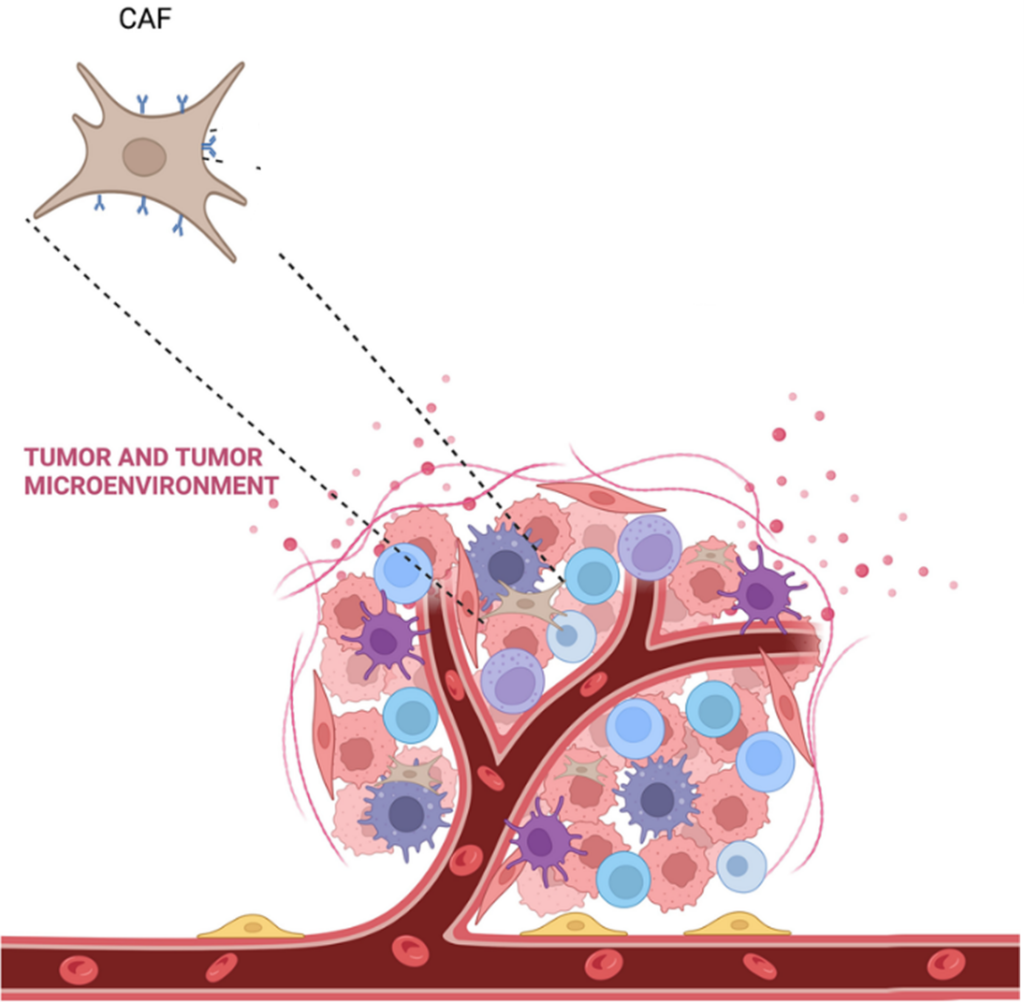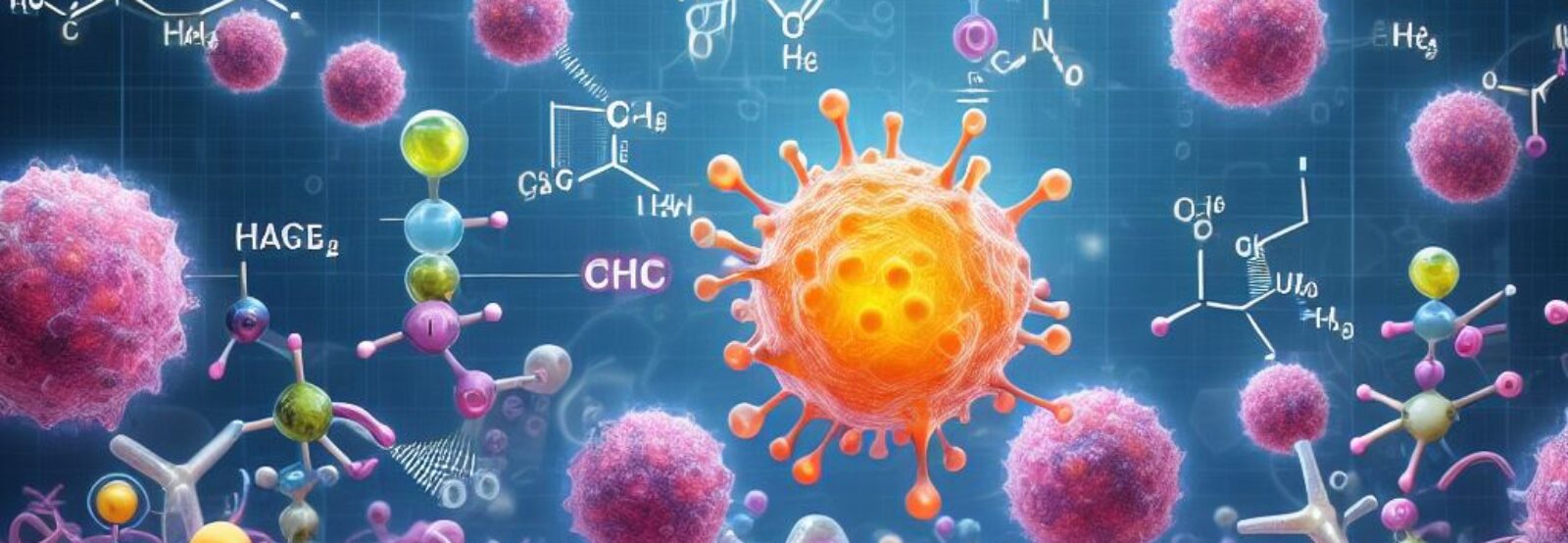
Cancer- associated fibroblasts (CAFs) are a key component of the tumor microenvironment (TME) with diverse functions, including matrix deposition and remodeling, extensive reciprocal signaling interactions with cancer cells and crosstalk with infiltrating leukocytes. Emerging evidence implicates fibroblasts in driving significant changes in the tumor-associated macroenvironment. As such, they are a potential target for optimizing therapeutic strategies against cancer (Sahai et al., 2020).
Hepatic stellate cells (HSCs) are fibroblasts of the liver with a dual function. In a healthy liver, the HSCs are in a resting state and the major storage place of retinoids in lipid droplets. In an inflamed liver and in liver cancer, they are in an activated state and secrete retinoids, inflammatory components, and components of the extracellular matrix (ECM).
This project aims to investigate the interplay between hepatocellular carcinoma cells and HSCs at the cell metabolism level. We aim to identify how the metabolism is altered in hepatoma cells and how interactions between hepatoma cells and HSCs alters the metabolism in each of these cells.
https://link.springer.com/article/10.1007/s00259-023-06144-0

